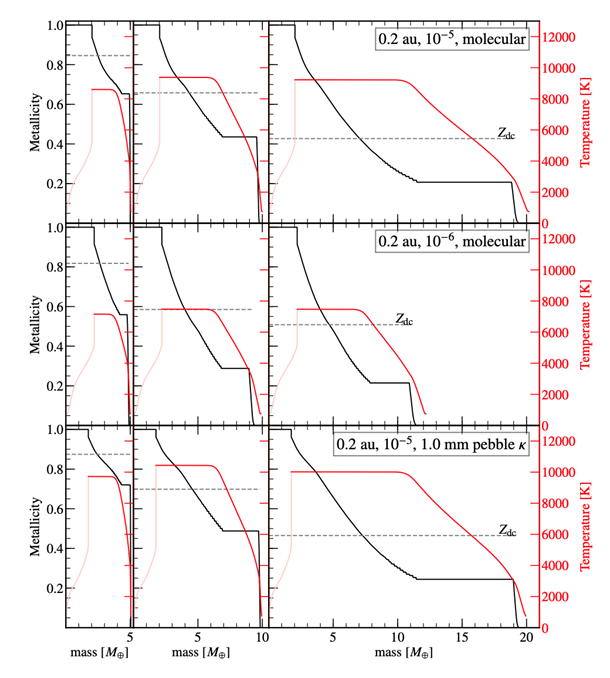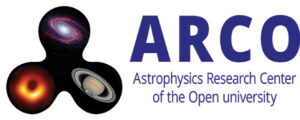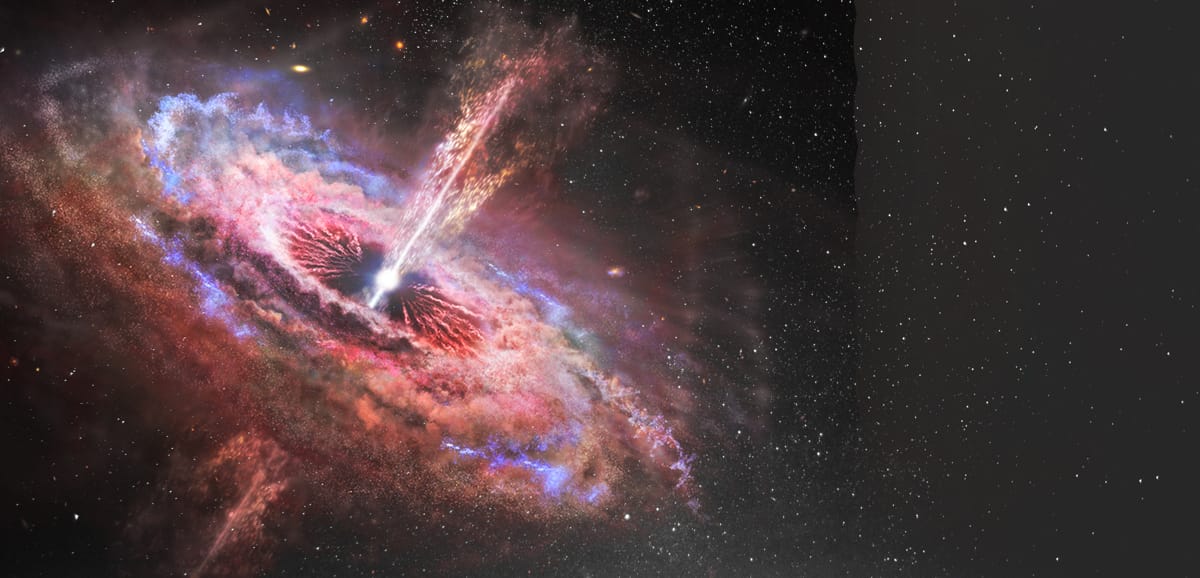In this work we compute planet formation by pebble accretion, focusing on deposition of accreted solids in the planetary interior. In this scenario, planets grow by the accretion of cm- to-m-sized pebbles instead of km-sized planetesimals. One of the main differences with planetesimal-driven core accretion is the increased thermal ablation experienced by pebbles. Small silicate, pebble-sized particles will sublimate in the atmosphere when they hit the sublimation temperature (T ∼ 2000 K).
We conduct numerical calculations of the atmosphere of an accreting planet, solving the stellar structure equations, augmented by a non-ideal equation of state that describes a hydrogen/helium-silicate vapor mixture. We follow the energy and material deposition of the accreted solids (rocks and ices) to find the effect of it on the formation process and on the interior structure of the planet at the end of the formation phases.
When pebbles sublimate before reaching the core, insufficient (accretion) energy is available to mix dense, vapor-rich lower layers with the higher layers of lower metallicity. A gradual structure in which Z decreases with radius is therefore a natural outcome of planet formation by pebble accretion. Such composition gradient is consistent with indications in the solar system gas giants Jupiter and Saturn by the Juno and Cassini spacecraft.
Our main findings are:
- The typical core mass that we find is around 1.5–2 M⊕. Further accretion enriches the gas envelope with metal vapors.
- The complete vaporization of pebbles naturally enriches the atmosphere in heavy elements. Based on elementary energy considerations, the dense, heavy metal layer may only partially mix with the H/He gas. Consequentially, a compositional gradient naturally forms.
- Temperature and metallicity profiles differ significantly between the ideal and non-ideal EoS runs.
- In the outer disk regions, where the molecular opacity is low, small pebbles dominate the opacity. When also the pebble accretion rate is high, atmospheres become very polluted. The crossover mass becomes large and its value independent of distance.
- When planets stop accreting pebbles, accretion of nebular gas will quickly take over as the atmospheres loose their opacity. Thus more viable mechanism is required to prevent sub-Neptunes from reaching runaway gas accretion.
How planets grow by pebble accretion. III. Emergence of an interior composition gradient / Ormel, Chris; Vazan, Allona; Brouwers, Marc

Metallicity and temperature profiles for several runs at 0.2 au: with an accretion rate of 10^−5 M⊕ per year (top); a lower accretion rate of 10−6 M⊕ per year (center); and a pebble opacity corresponding to mm-sized pebbles. Profiles are shown when M = 5, 10 and 20 M⊕ are reached (unless crossover is reached sooner). The temperature in the classical core region, which is not modelled, indicates the temperature at the core-envelope boundary when the material was incorporated.





